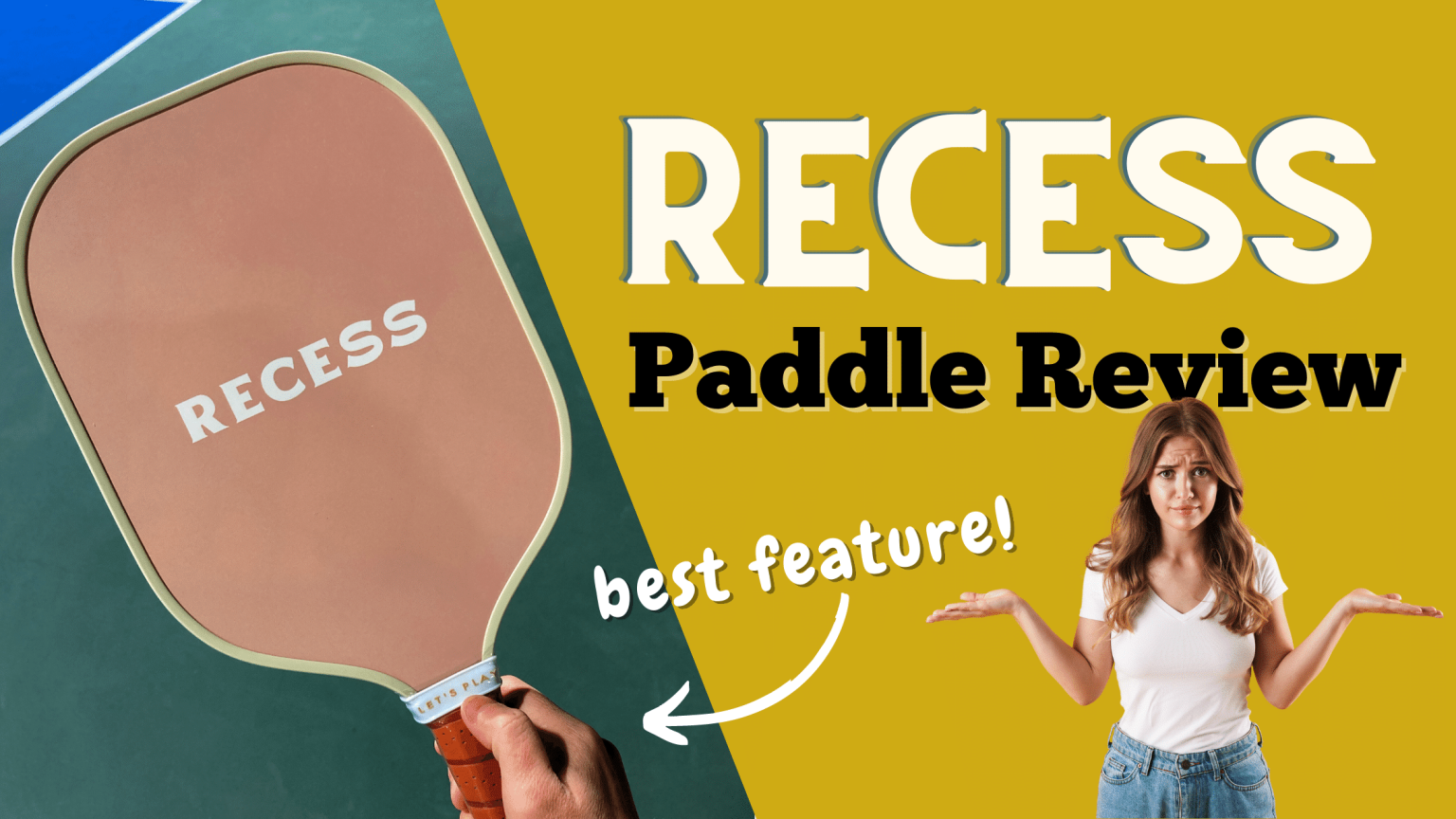Introduction:
The Rise of Recess Pickleball In recent years, a new craze has taken over schoolyards, parks, and community centers across the globe – recess pickleball. This seemingly simple sport has captured the hearts of people of all ages, providing a perfect blend of fun, fitness, and friendship. As we delve into the world of recess pickleball, we’ll explore its origins, rules, health benefits, and the social aspects that make it a favorite pastime for many.

Origins of Pickleball:
To understand the phenomenon of recess pickleball, it’s essential to trace the roots of the sport. Pickleball was born in 1965 on Bainbridge Island, Washington, when a group of friends sought to create a game that combined elements of badminton, tennis, and ping pong. The result was a game played on a smaller court with a lowered net, using paddles and a plastic ball with holes. Over the decades, pickleball gained popularity, especially among the older demographic, due to its low-impact nature.
The Evolution of Recess Pickleball:
While pickleball itself gained traction, recess pickleball emerged as a unique spin on the traditional game. Recess pickleball is not confined to a specific age group or setting; rather, it has become a versatile activity enjoyed during school recess, lunch breaks at workplaces, and community gatherings. The sport’s adaptability makes it an inclusive and accessible choice for people of all ages and fitness levels.
Rules of Recess Pickleball:
Recess pickleball follows the basic rules of traditional pickleball with some modifications to suit different environments. The game is typically played in doubles, although singles matches are also common. The court size may vary, but a standard recess pickleball court often measures 20 feet by 44 feet, making it suitable for smaller spaces.
The rules emphasize the importance of good sportsmanship and inclusivity, encouraging players to focus on fun rather than fierce competition. Recess pickleball is a sport where everyone can participate, regardless of their skill level or previous experience, making it an ideal choice for casual play during breaks.
Health Benefits of Recess Pickleball:
One of the reasons for the widespread adoption of recess pickleball is its numerous health benefits. The game provides a cardiovascular workout without the intensity of high-impact sports, making it an excellent choice for individuals looking to stay active without putting excessive strain on their joints.
The nature of pickleball, with its quick movements and strategic gameplay, also promotes improved reflexes, agility, and hand-eye coordination. Additionally, the social aspect of playing recess pickleball fosters a sense of community and encourages regular physical activity, contributing to overall well-being.
Social Aspects of Recess Pickleball:
Beyond its physical advantages, recess pickleball has become a social phenomenon, bringing people together in a unique and enjoyable way. The sport provides an opportunity for individuals to connect, build friendships, and strengthen community bonds. Whether it’s a group of colleagues playing during their lunch break or students engaging in a friendly match during recess, recess pickleball creates a positive and inclusive environment.

The simplicity of the game also makes it an attractive option for intergenerational play. Grandparents can enjoy a game with their grandchildren, fostering communication and shared experiences across age groups. This multi-generational appeal has contributed significantly to the growing popularity of recess pickleball in communities around the world.
Promoting Recess Pickleball in Schools and Communities:
Recognizing the holistic benefits of recess pickleball, schools and communities have started incorporating the sport into their recreational programs. Physical education classes now include pickleball in their curriculum, exposing students to a fun and accessible way to stay active. Many organizations also host recess pickleball tournaments and events to encourage participation and build a sense of camaraderie among participants.
Conclusion:
Recess pickleball has transcended its origins to become a global sensation, capturing the hearts of people across generations and backgrounds. As we celebrate the fusion of fun, fitness, and friendship that defines this sport, it’s clear that recess pickleball is more than just a game—it’s a lifestyle that promotes well-being, inclusivity, and social connection. As its popularity continues to soar, recess pickleball stands as a shining example of how a simple game can have a profound impact on communities, bringing people together in the pursuit of joy, health, and lasting friendships.
